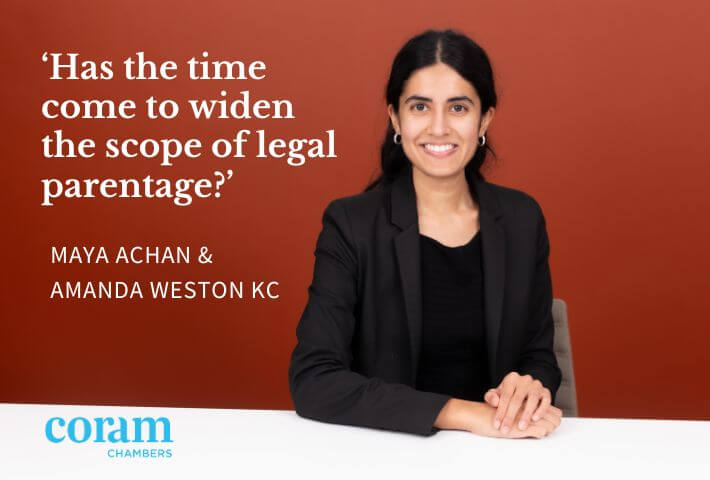Michael Horton QC examines the decision of Kerr J in Hudson v Hathway [2022] EWHC 631 (QB), handed down on 21 March 2022
The decisions in Stack v Dowden and Jones v Kernott made a major change to English property law. They established the primacy of the common intention constructive trust over the use of resulting trusts in ascertaining the beneficial ownership of the family home.
As is well known, where a property is conveyed in the domestic consumer context to two persons without any express declaration of trust, the co-owners are presumed to hold on trust for themselves as beneficial joint tenants. The presumption is rebutted by proof of an actual (ie expressed or inferred) contrary common intention. So, if it is clear from the parties discussions or conduct prior to the purchase that they did not intend to hold as beneficial joint tenants, they will hold in unequal shares from the outset. However, if there is no evidence that they initially intended to hold in unequal shares, they will hold as beneficial joint tenants from the time of purchase.
Outside the domestic consumer context, or where there is an express declaration of trust, the beneficial interests fixed at the outset can only be changed by a disposition which complies with the requisite formalities. Usually this will involve the creation of a fresh trust, which might be a new trust deed, or which might be a properly constituted common intention trust, where the parties form a common intention to change their shares followed by detrimental reliance on the common intention.
The decision in Hudson v Hathway examines the stickiness of that initial joint ownership, where such joint beneficial ownership arises as a result of the presumption of beneficial joint tenancy. Paragraph 51(2) of the joint judgment of Lady Hale and Lord Walker in Jones v Kernott states that the presumption of beneficial joint tenancy can be displaced by showing (a) that the parties had a different common intention at the time when they acquired the home, or (b) that they later formed the common intention that their respective shares would change.
Does this mean what it says? Does this mean that a couple who jointly own their family home, with no express declaration of trust, and who initially held as beneficial joint tenants because of the presumption of beneficial joint tenancy, can change their beneficial interests by mere proof of a change in common intention?
The answer given in Hudson v Hathway is yes. The couple owned their family home in their joint names. There was no express declaration of trust. They held as joint tenants from the time of purchase because of the presumption of beneficial joint tenancy. After they separated, they came to an informal agreement whereby she would keep the house and she would make no claim against his savings, shares or pension. The trial judge held that she was the sole beneficial owner of the property. He held that, in order to change the initial beneficial interests, Ms Hathway had to prove both a change in common intention and detrimental reliance. By giving up a claim to Mr Hudson’s other assets, even if her claim might not have been very strong, she had acted to her detriment.
Kerr J dismissed Mr Hudson’s appeal. The judge had been entitled to find that Ms Hathway had acted sufficiently to her detriment. Detriment need not consist of an irrevocable change of a legal position. Nor did it have to consist of an objective state of affairs leaving the claimant in an substantially worse position.
In addition, he upheld Ms Hathway’s respondent notice. He held that, in this situation, there was no need to show detrimental reliance. The parties’ beneficial interests had changed from the initial beneficial joint tenancy because of their change in common intention.
The full judgment can be found here:


